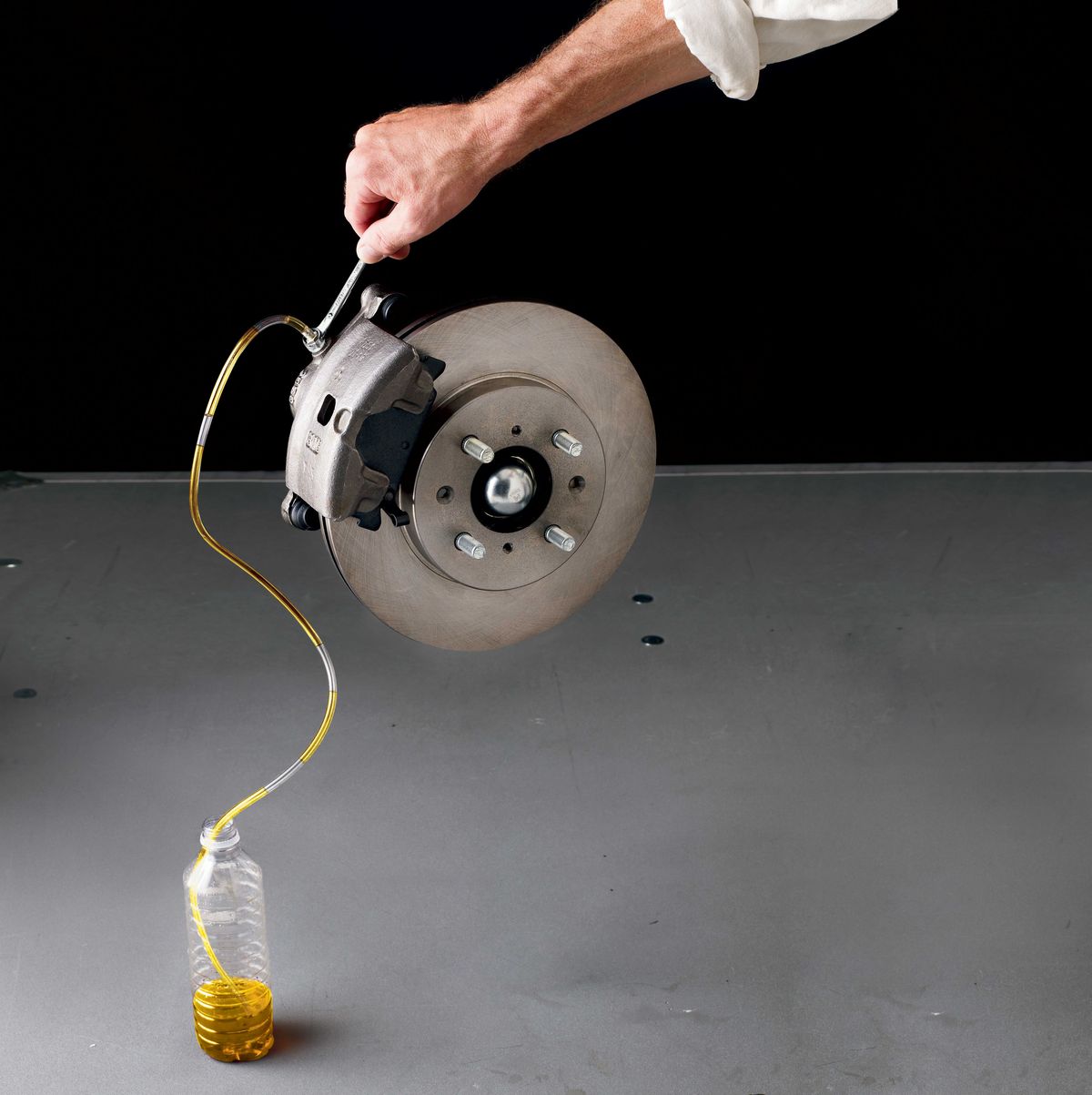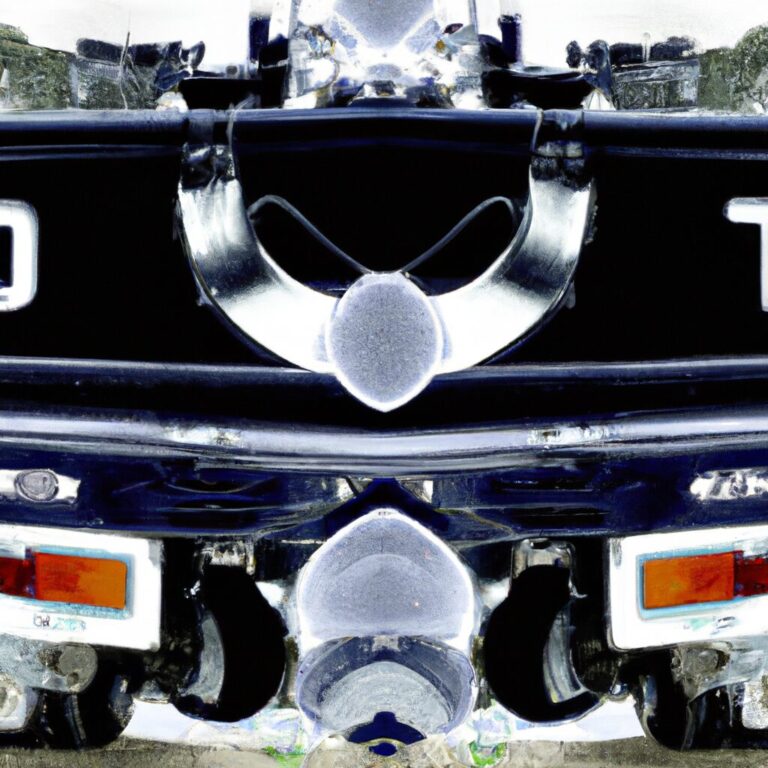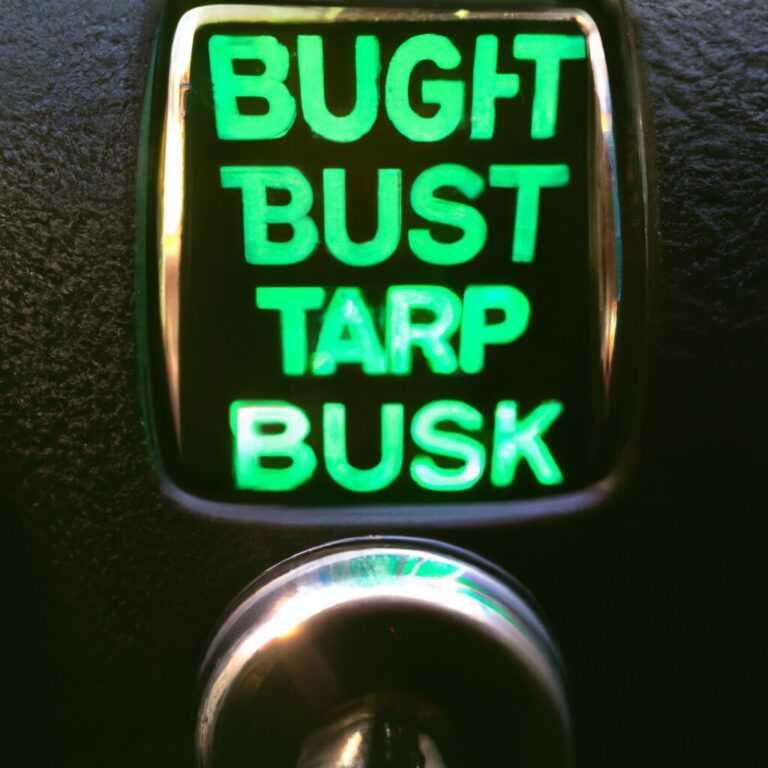How to Bleed New Caliper
To bleed a new caliper, start by attaching a clear tube to the bleeder valve. Then, open the valve and pump the brake pedal to release air from the caliper.
Ensuring proper brake function is essential for safe driving. Bleeding new calipers removes air bubbles and ensures optimal brake performance. By following the correct procedure, you can effectively remove air from the system and maintain safe braking capabilities. Properly bleeding new calipers will enhance vehicle safety and provide a smooth driving experience.
It is crucial to follow the manufacturer’s instructions carefully to achieve the best results and ensure the brakes operate efficiently. Remember, regular maintenance and bleeding of calipers are essential for safe driving.

Credit: knowhow.napaonline.com
Why Bleeding New Calipers Is Important
Bleeding new calipers is an essential step in ensuring the proper functioning of your vehicle’s braking system. It helps to remove any air or contaminants that may have entered the system during the installation of new calipers. Proper bleeding of the calipers also ensures that the brakes are responsive and reliable, reducing the risk of brake failure and ensuring the safety of both the driver and other road users.
Ensure Proper Braking
Proper bleeding of new calipers is crucial to ensure that the braking system functions as intended. Air or contaminants in the calipers can affect the brake fluid pressure, leading to a spongy or unresponsive brake pedal. By bleeding the calipers, you can remove these air pockets and contaminants, ensuring that the brake pedal provides a firm and responsive feel when applied, ultimately improving the overall braking performance.
Remove Air And Contaminants
Bleeding new calipers helps to remove any trapped air that can affect the overall performance of the braking system. Air bubbles in the brake lines can compress, leading to a reduction in the braking efficiency and increasing the stopping distance. Furthermore, by removing contaminants through the bleeding process, you can prevent potential corrosion and damage to the calipers and other brake components, ultimately extending their lifespan and ensuring optimal performance.
Gathering The Necessary Tools And Materials
To bleed a new caliper, gather all the necessary tools and materials. This includes a brake bleeding kit, a wrench, brake fluid, and a container to collect the old fluid. Follow the specific instructions for your vehicle to complete the process effectively.
Brake Fluid
Ensure you have the correct type of brake fluid recommended by your vehicle’s manufacturer.
Bleeder Wrench
Able to fit over the bleeder screw with good grip.
Clear Tubing
Transparency is key – make sure the tubing fits snugly over the bleeder screw.
Catch Bottle
Select a container that can hold the bleed brake fluid without spills.
Preparing The Vehicle And Caliper
It is crucial to properly prepare the vehicle and caliper before bleeding the brakes to ensure a successful and safe process.
Lift The Vehicle
Before starting, lift the vehicle using a jack to access the caliper easily and ensure the wheel spins freely.
Remove Wheel And Tire
After lifting the vehicle, remove the wheel and tire with a lug wrench to expose the caliper assembly.
Clean The Caliper
Use a brake cleaner to thoroughly clean the caliper, removing any dirt, debris, or brake fluid residue.

Credit: www.amazon.com
Bleeding The Caliper
When it comes to bleeding the caliper, it’s essential to follow a systematic process to ensure proper functioning of your braking system. Bleeding the caliper removes air bubbles from the brake lines, maintaining the integrity of your vehicle’s braking performance.
Identify Bleeder Screw
First, identify the bleeder screw located at the top of the caliper. This screw is crucial for releasing air from the system.
Attach Tubing And Catch Bottle
Next, attach a suitable tubing to the bleeder screw. Connect the other end of the tubing to a catch bottle filled with brake fluid to collect the old fluid and air bubbles.
Open The Bleeder Screw
Using a wrench, carefully open the bleeder screw to allow brake fluid to flow. Ensure the tubing is securely attached to prevent any leaks.
Pump Brake Pedal
Now, have an assistant pump the brake pedal several times. This action will build pressure in the brake lines, forcing the air bubbles out of the caliper.
Close The Bleeder Screw
Once the brake pedal feels firm, close the bleeder screw tightly to prevent air from entering the system. Double-check for any leaks before removing the tubing and catch bottle.
Testing And Finishing Up
Once you have successfully bled the new caliper, it’s crucial to perform a few final checks and tests to ensure everything is in order. This will help guarantee the proper functioning of your brakes and ensure your safety on the road. Follow these steps to complete the process:
Check Brake Fluid Level
The first thing you should do after bleeding the caliper is to check the brake fluid level. Locate the brake fluid reservoir, which is typically located near the master cylinder. Remove the cap and visually inspect the fluid level. If it is below the recommended level, top it up with the appropriate brake fluid. This step ensures that the system has enough fluid to operate optimally.
Repeat The Process
After confirming the brake fluid level, you need to repeat the bleeding process. This is necessary because there may still be small air bubbles trapped in the system. Start by opening the bleeder valve on the caliper and have a partner slowly depress the brake pedal. Once again, make sure to close the valve before releasing the pedal. Repeat this process until there are no more air bubbles observed in the brake fluid flowing out of the valve. This step helps ensure a completely air-free brake system.
Replace Wheel And Tire
With the bleeding process complete, it’s time to put everything back in place. Carefully replace the wheel and tire, making sure to tighten the lug nuts securely. Properly torquing the lug nuts is essential to prevent any potential accidents or damage while driving. Use a torque wrench to ensure the lug nuts are tightened to the manufacturer’s recommended specifications.
Test The Brakes
The final step is to test the brakes to ensure they are functioning correctly. Start by sitting inside the vehicle and fastening your seatbelt. Gradually apply pressure to the brake pedal. Pay close attention to how the brakes feel and respond. They should feel firm, with no sponginess or excessive travel. Make sure the vehicle stops smoothly and in a straight line. If you notice any issues, such as a soft pedal or pulling to one side, it may indicate further problems with the braking system that require professional attention. Completing this step gives you peace of mind knowing your brakes are reliable and ready to keep you safe on the road.

Credit: www.popularmechanics.com
Frequently Asked Questions On How To Bleed New Caliper
How Do You Bleed New Calipers By Yourself?
To bleed new calipers by yourself, start with a full brake fluid reservoir. Attach a clear tube to the caliper bleed valve and submerge the other end in a container of brake fluid. Open the valve and pump the brake lever or pedal until no air bubbles appear.
Top up the reservoir and close the valve tightly.
Do You Have To Bleed A New Brake Caliper?
Yes, bleeding a new brake caliper is necessary to remove air and ensure proper brake function.
What To Do When Installing New Brake Calipers?
To install new brake calipers, first, lift the car. Then, remove old calipers, clean mounting surfaces, and install new calipers. Replace brake pads and bleed brakes. Finally, test brakes for proper function before driving.
How Long Does It Take To Bleed Calipers?
Bleeding calipers typically takes 30-45 minutes per wheel. It ensures proper brake performance and should be done with caution.
Faq 1: Why Is It Important To Bleed New Caliper?
Bleeding new caliper removes air bubbles from the brake system, ensuring optimal brake performance and safety.
Faq 2: How Often Should I Bleed New Caliper?
It is recommended to bleed new caliper whenever you replace or install a new brake caliper to maintain brake efficiency.
Faq 3: Can I Bleed New Caliper By Myself?
Yes, you can bleed new caliper by following step-by-step instructions, but it is advisable to seek professional assistance if you’re unsure.
Conclusion
Bleeding new calipers is crucial for optimal brake performance. Regular maintenance ensures safety and effectiveness. Whether you’re a seasoned mechanic or a DIY enthusiast, following these steps will extend the lifespan of your calipers and provide peace of mind on the road.
Keep your brakes functioning at their best with proper bleeding techniques.




